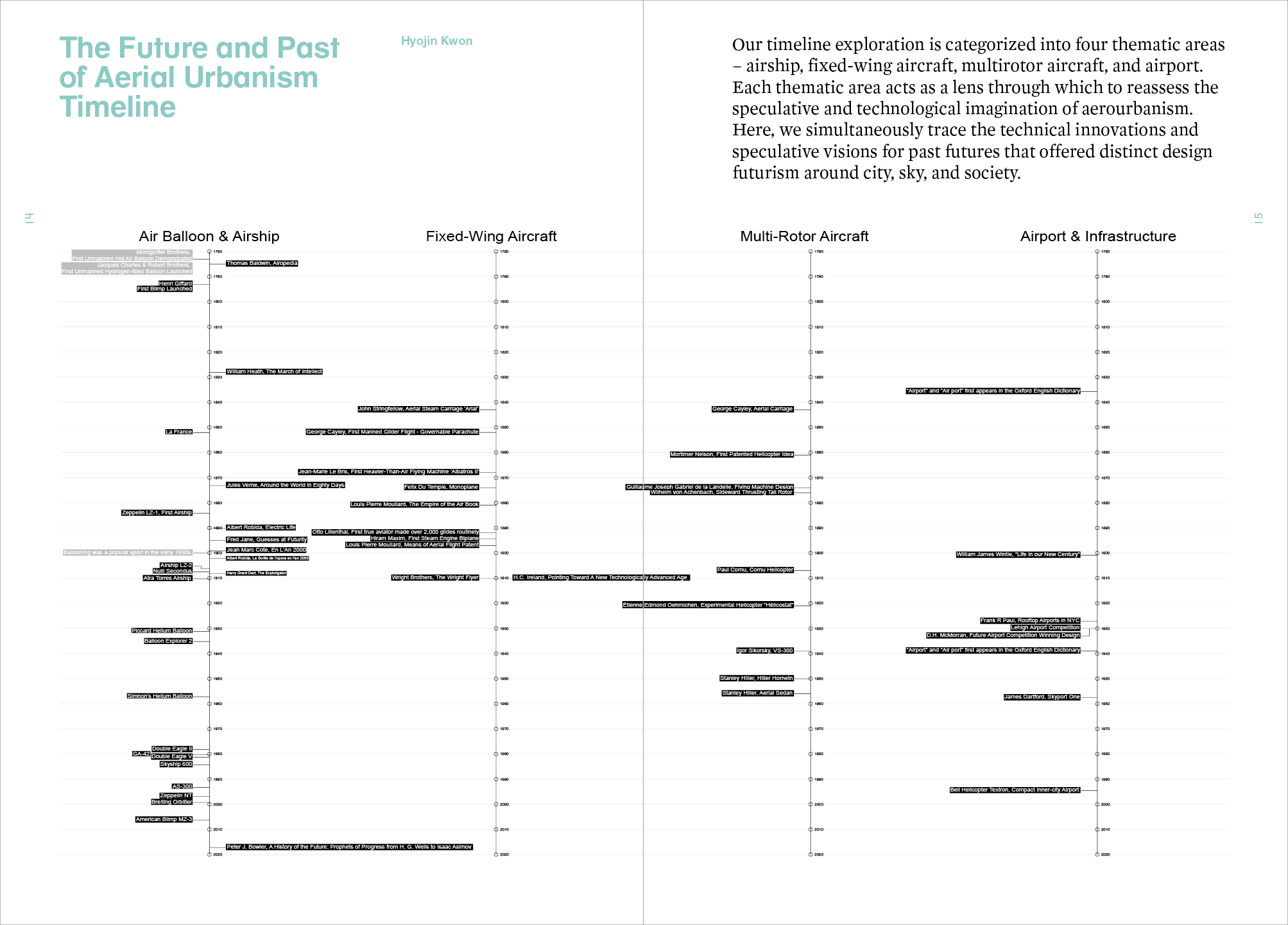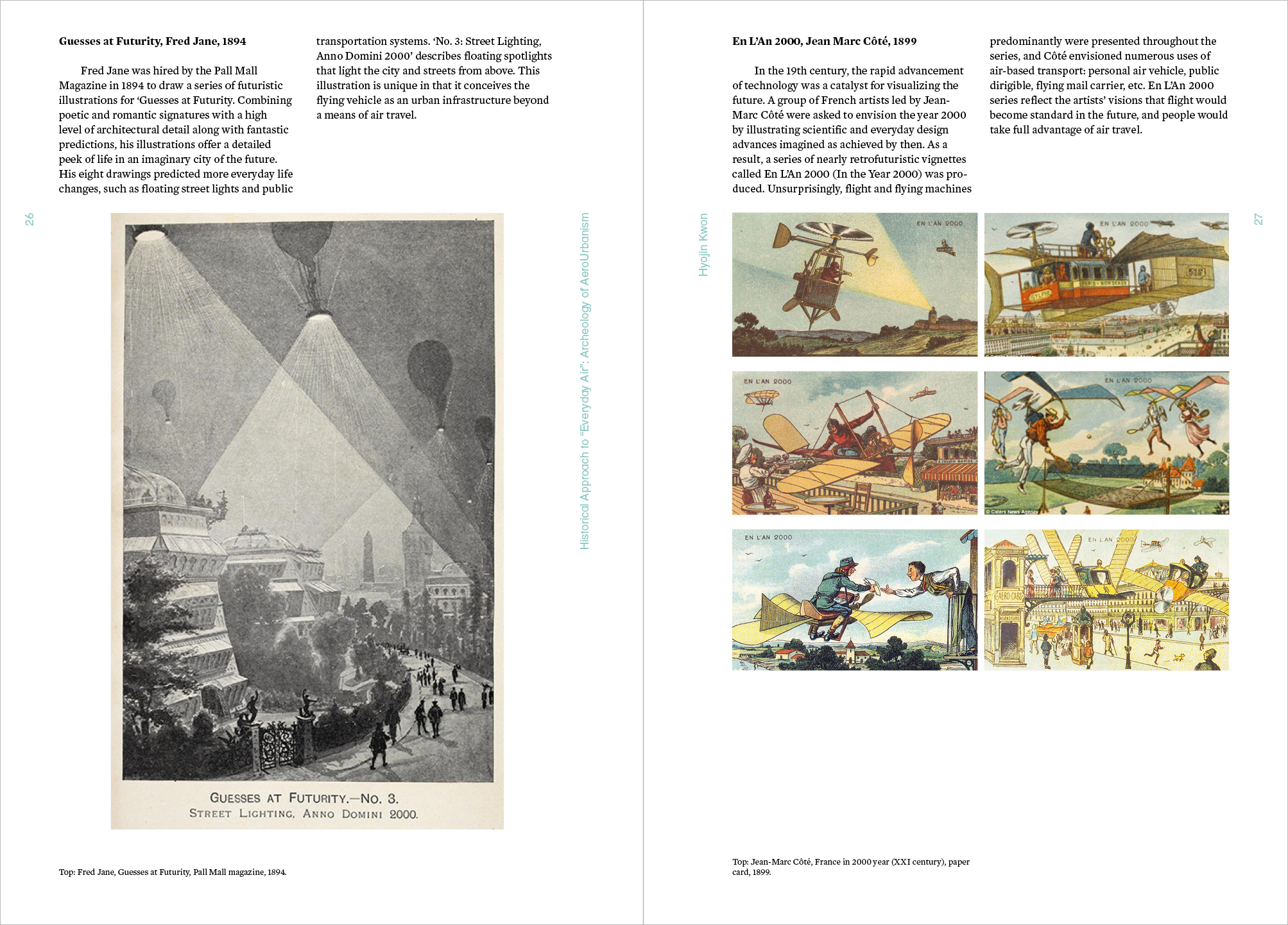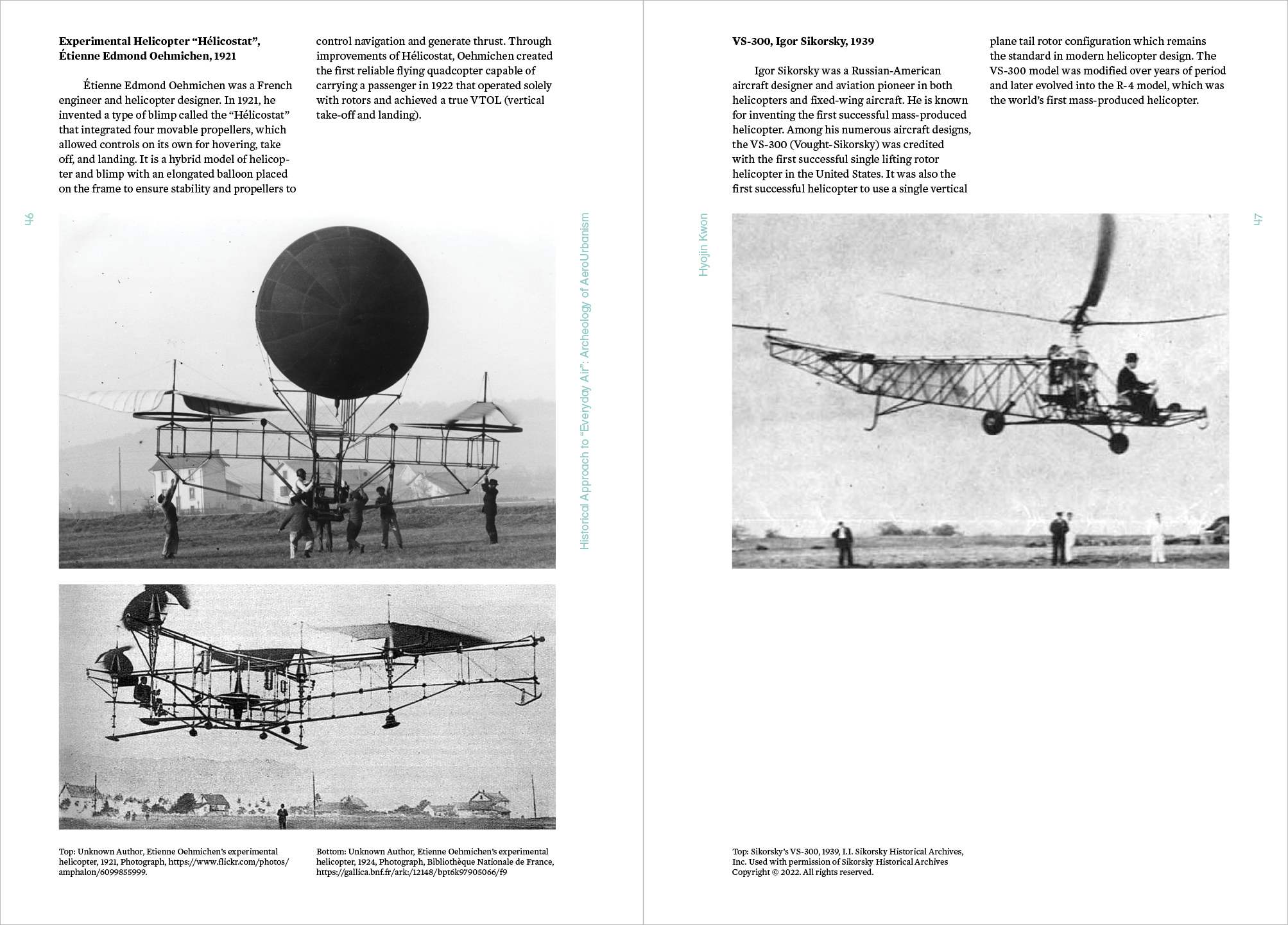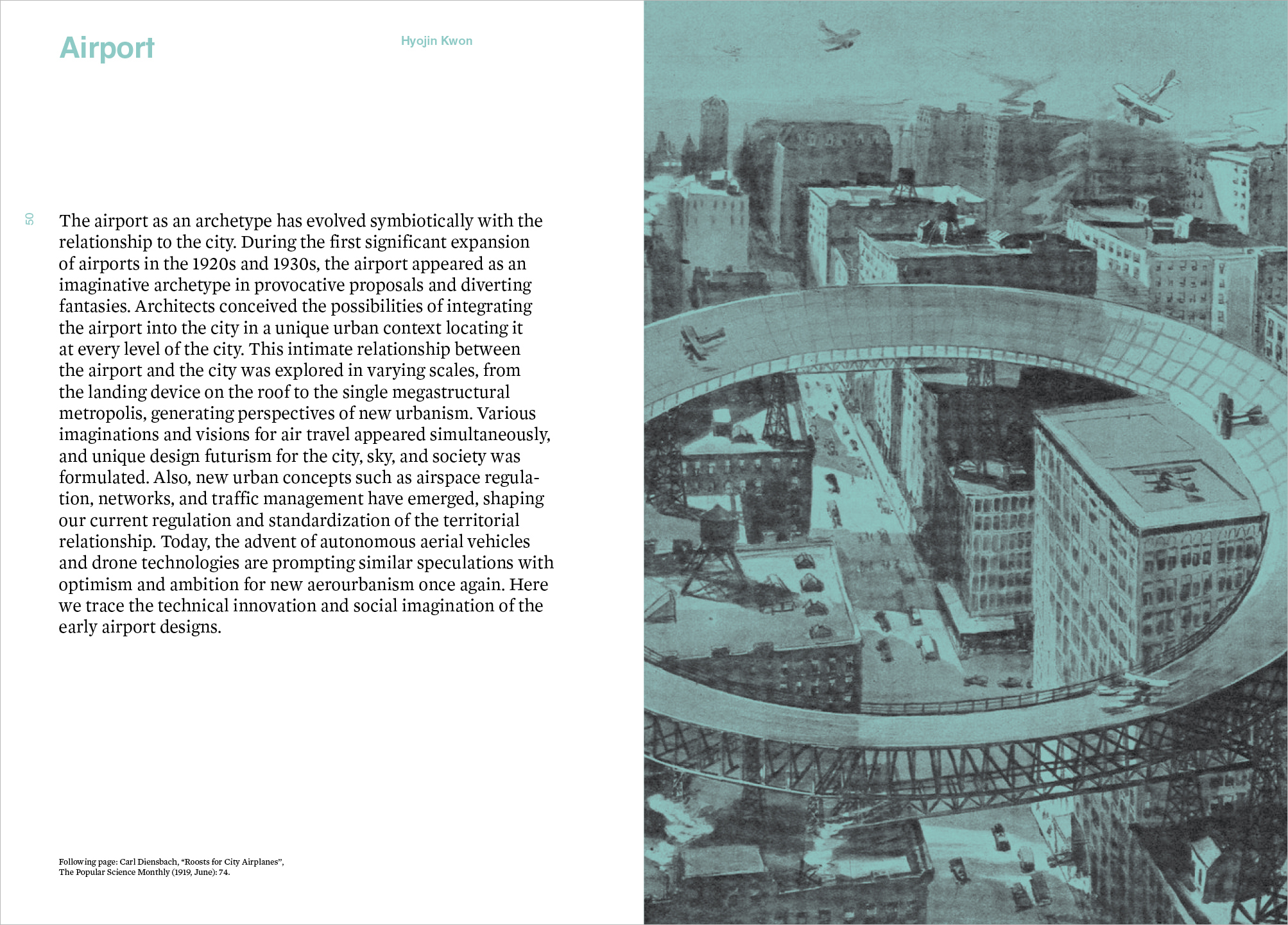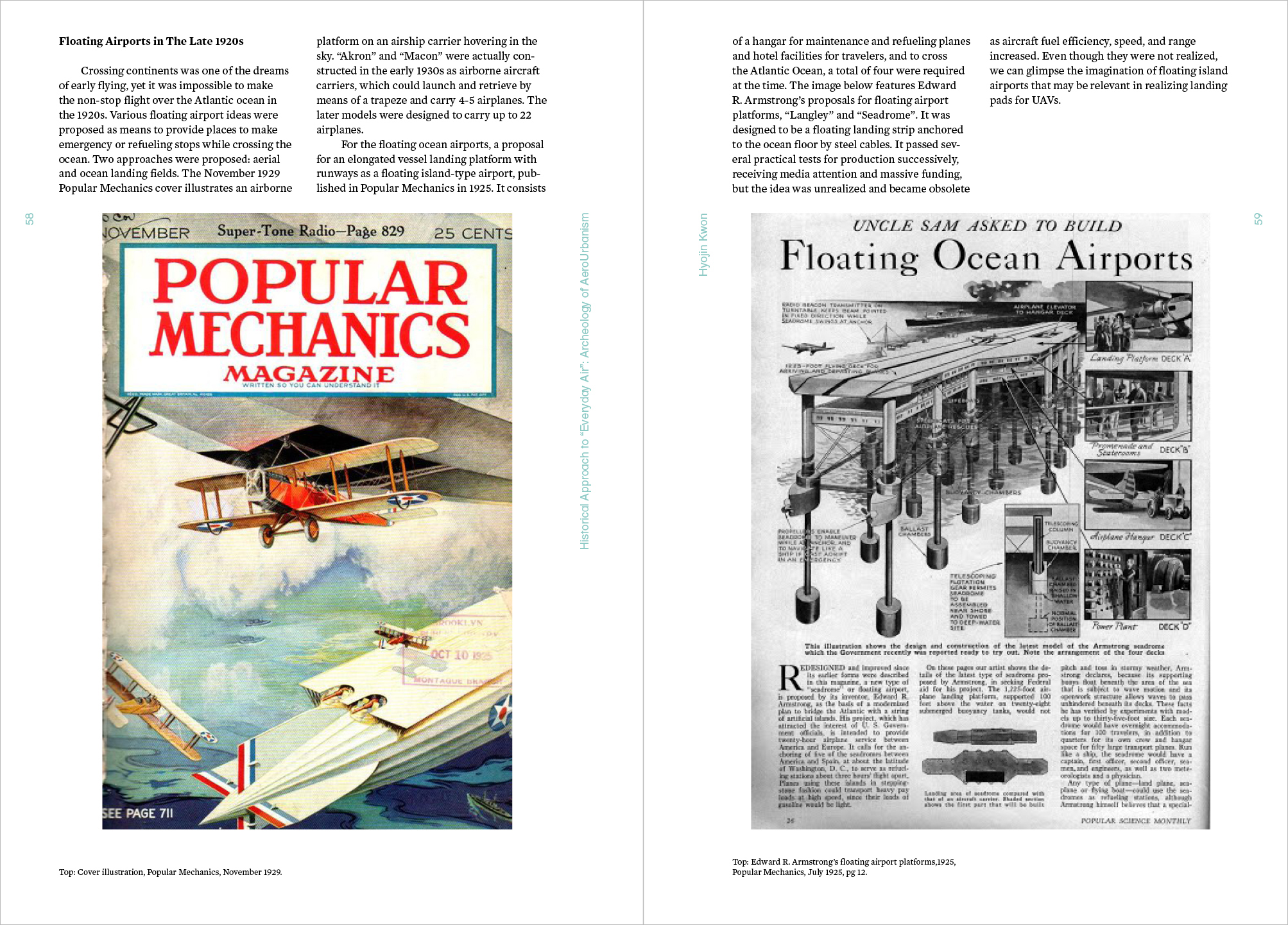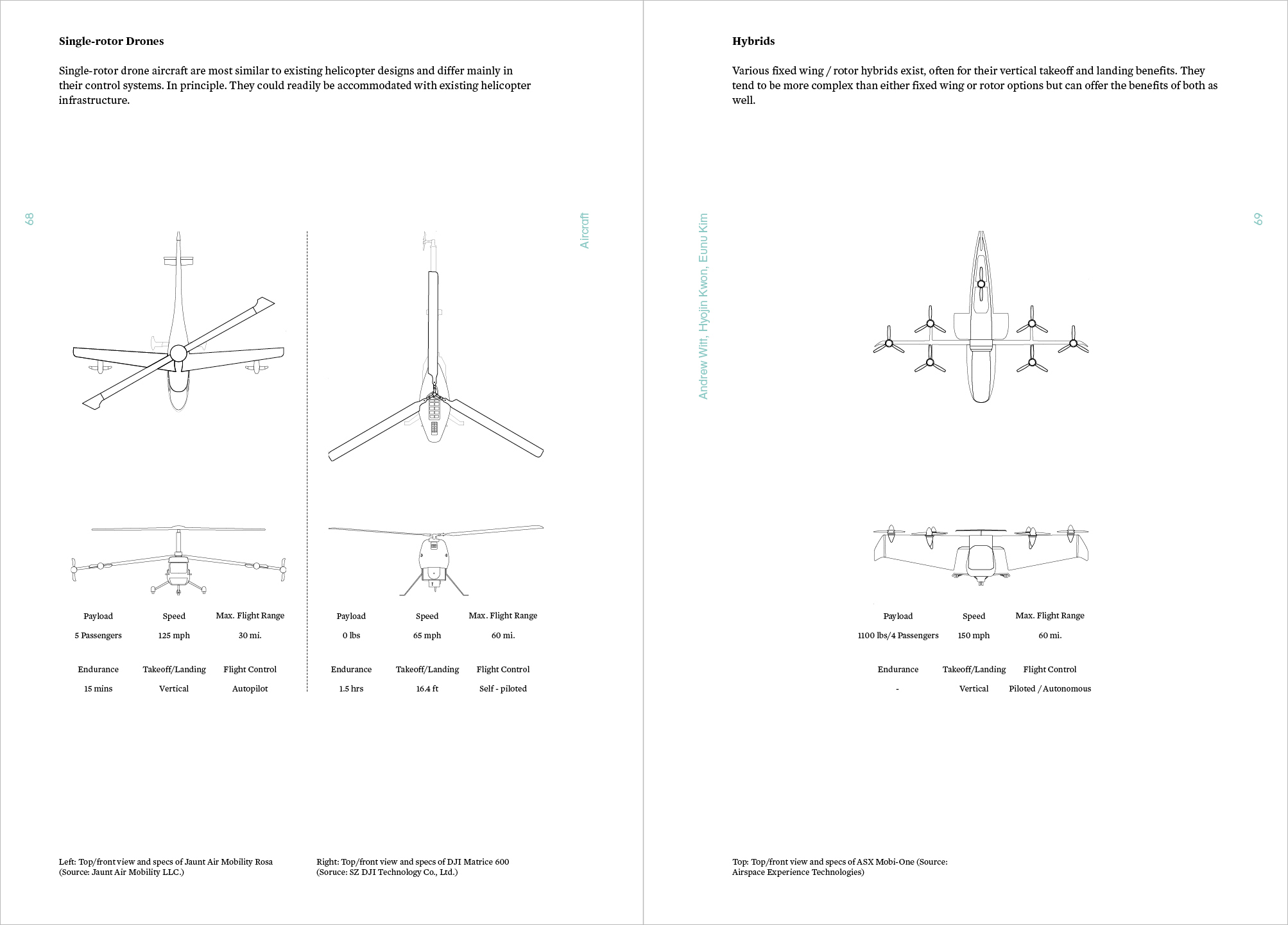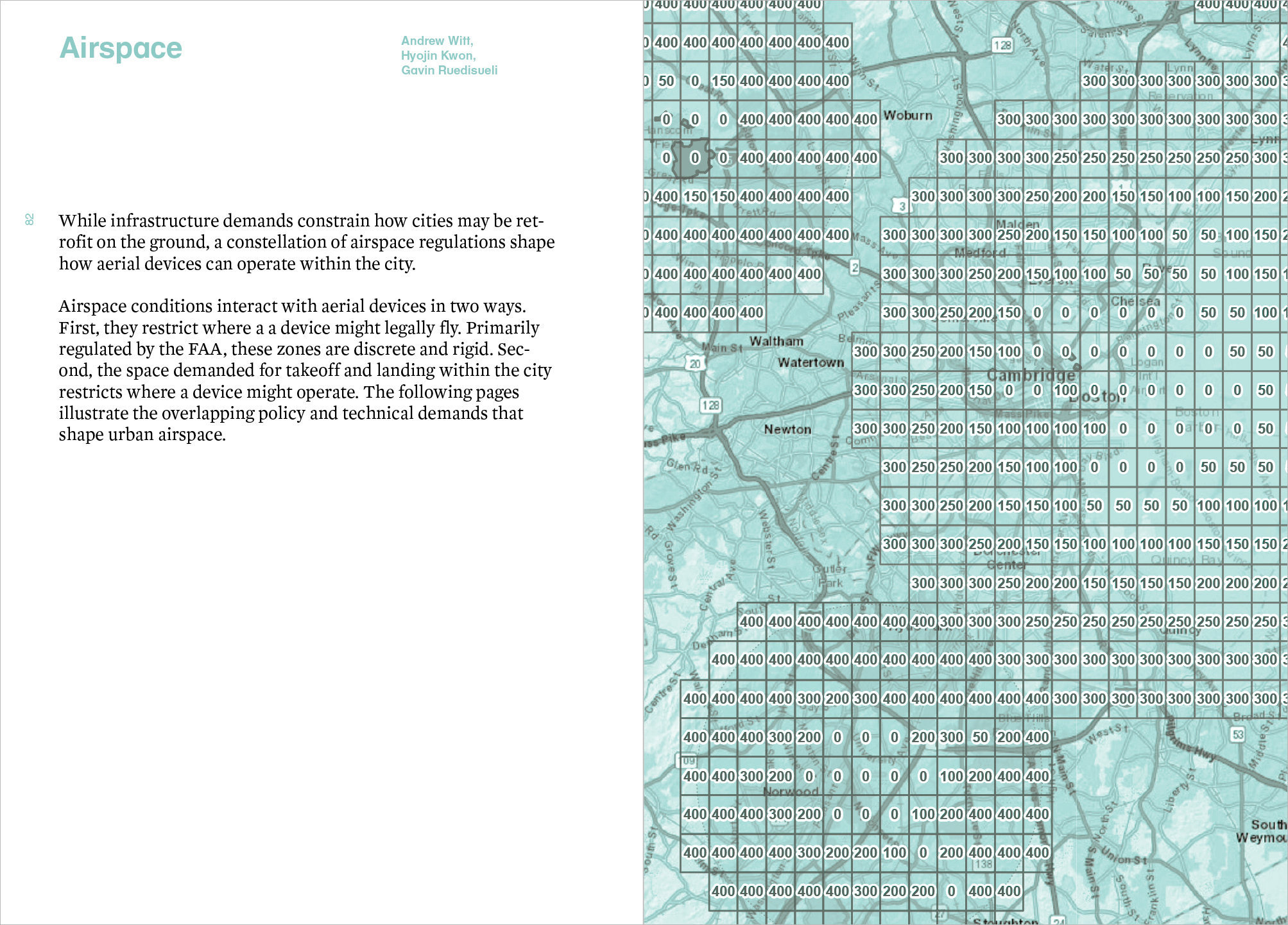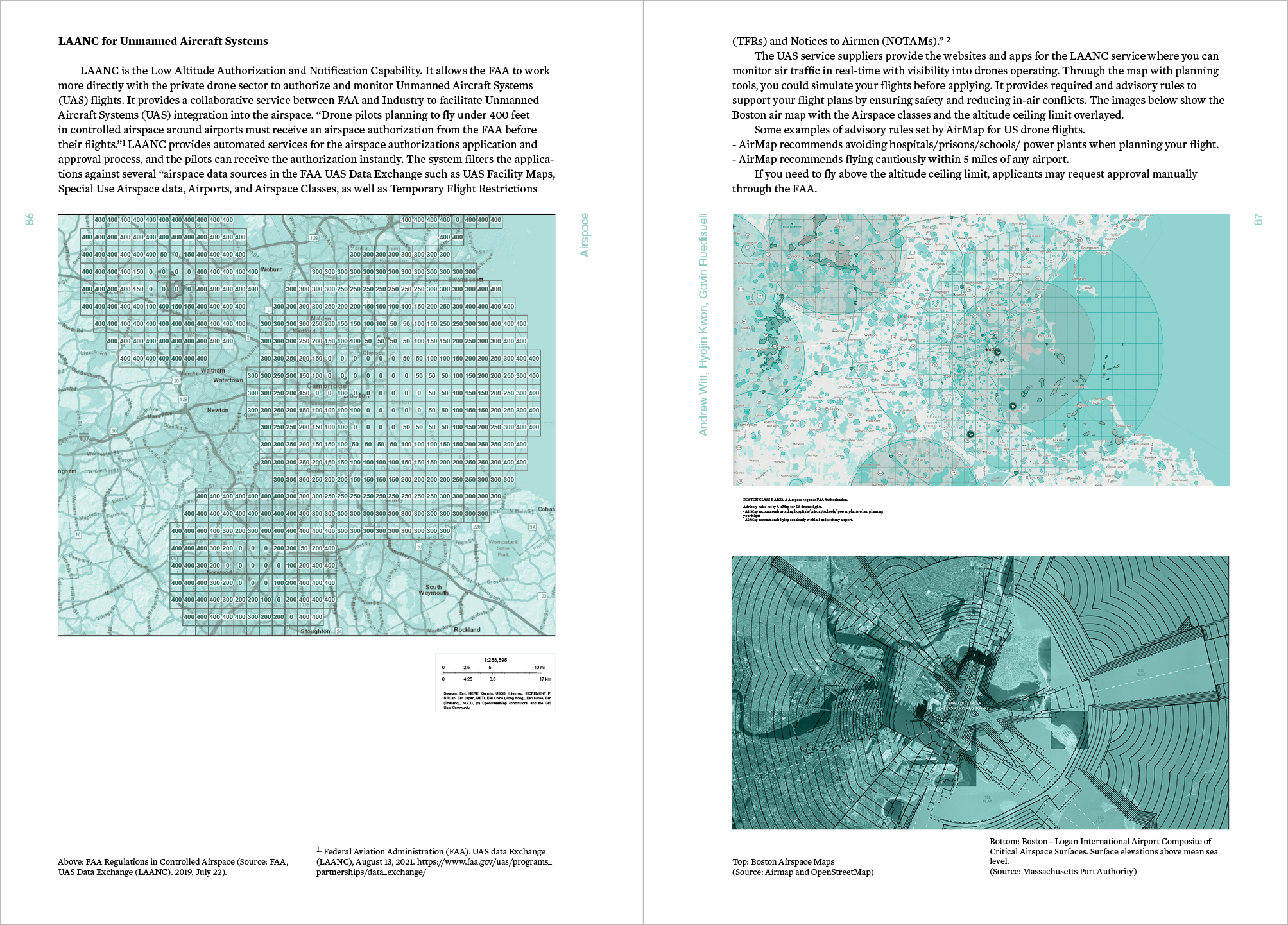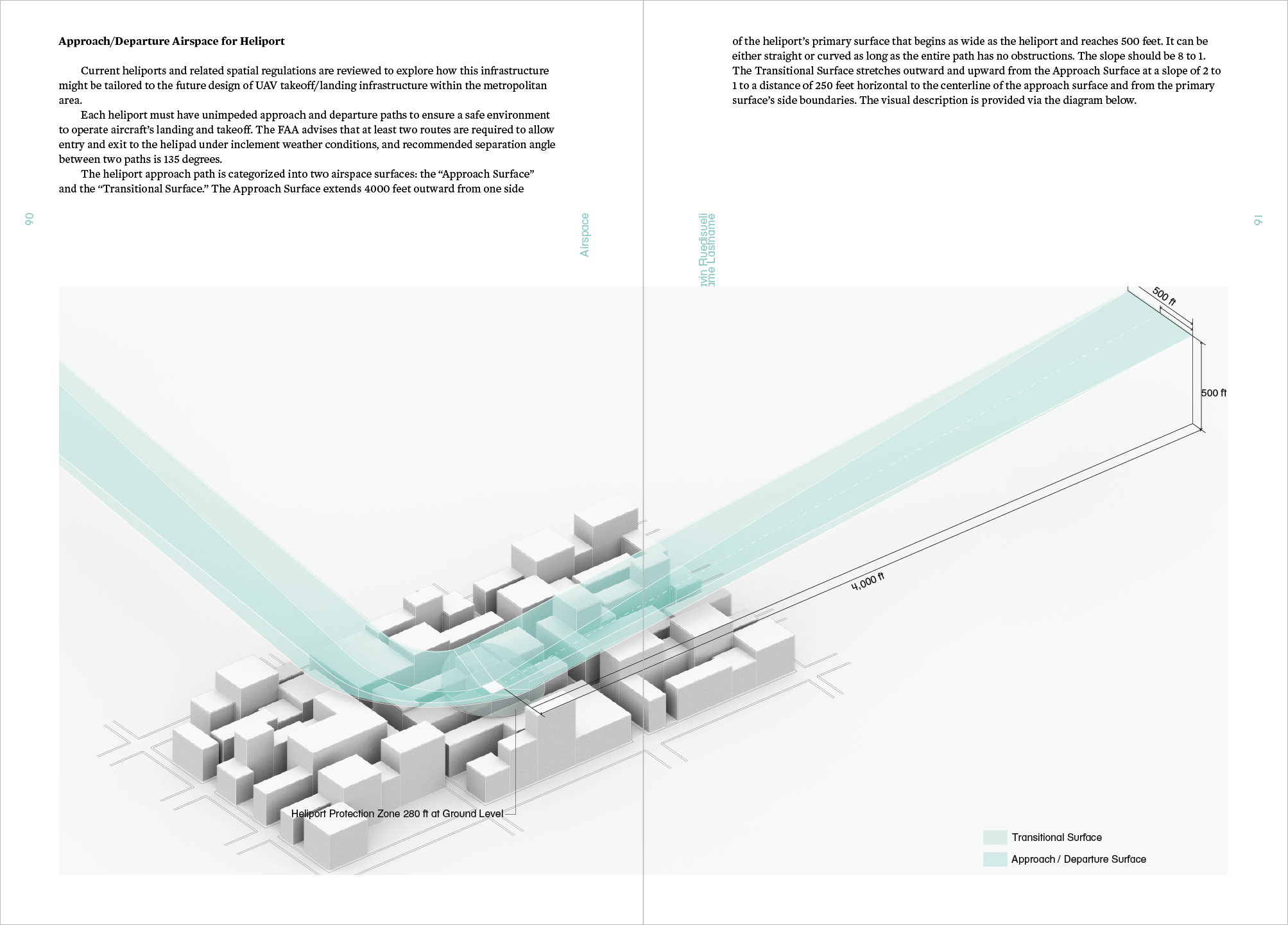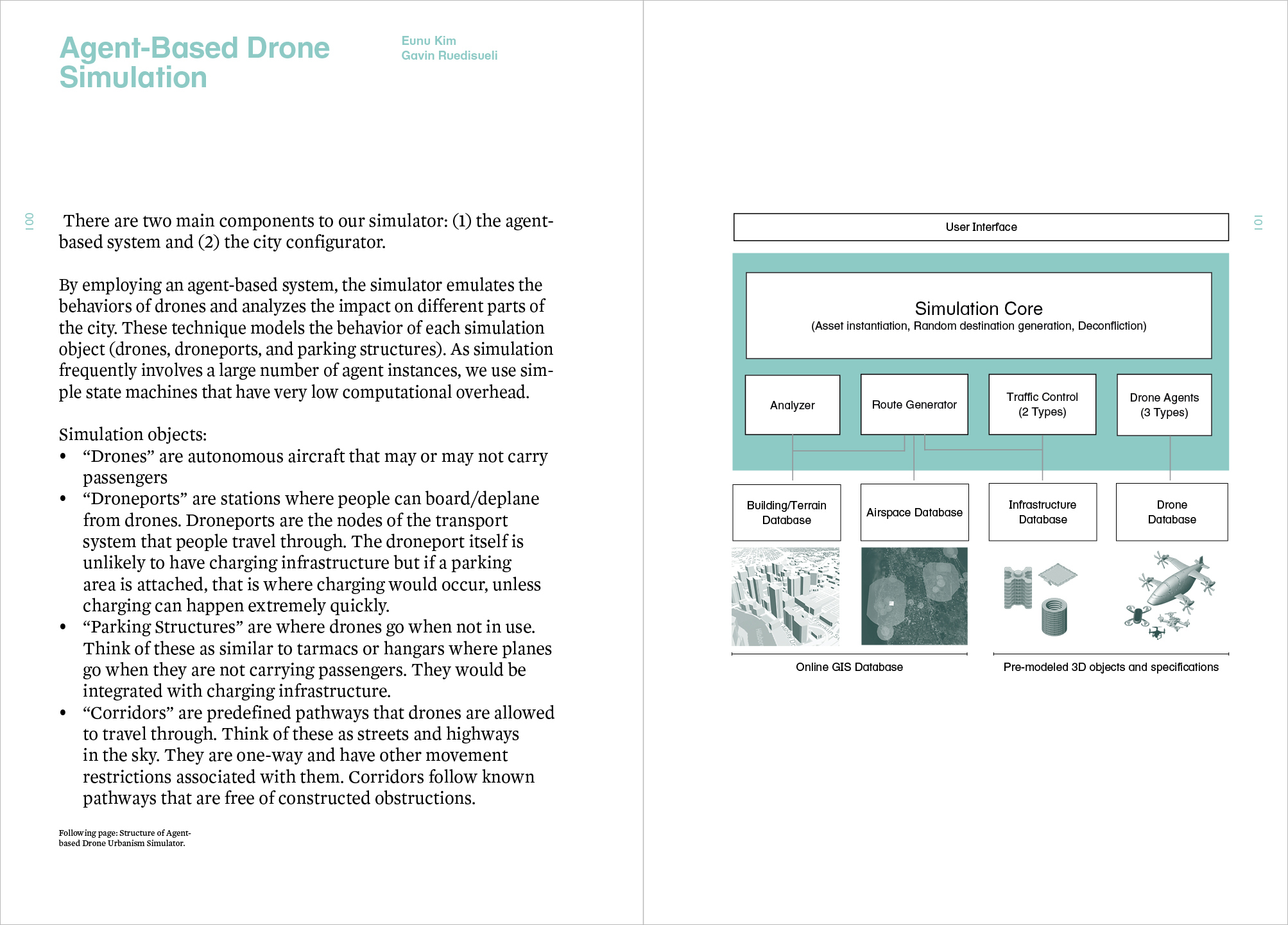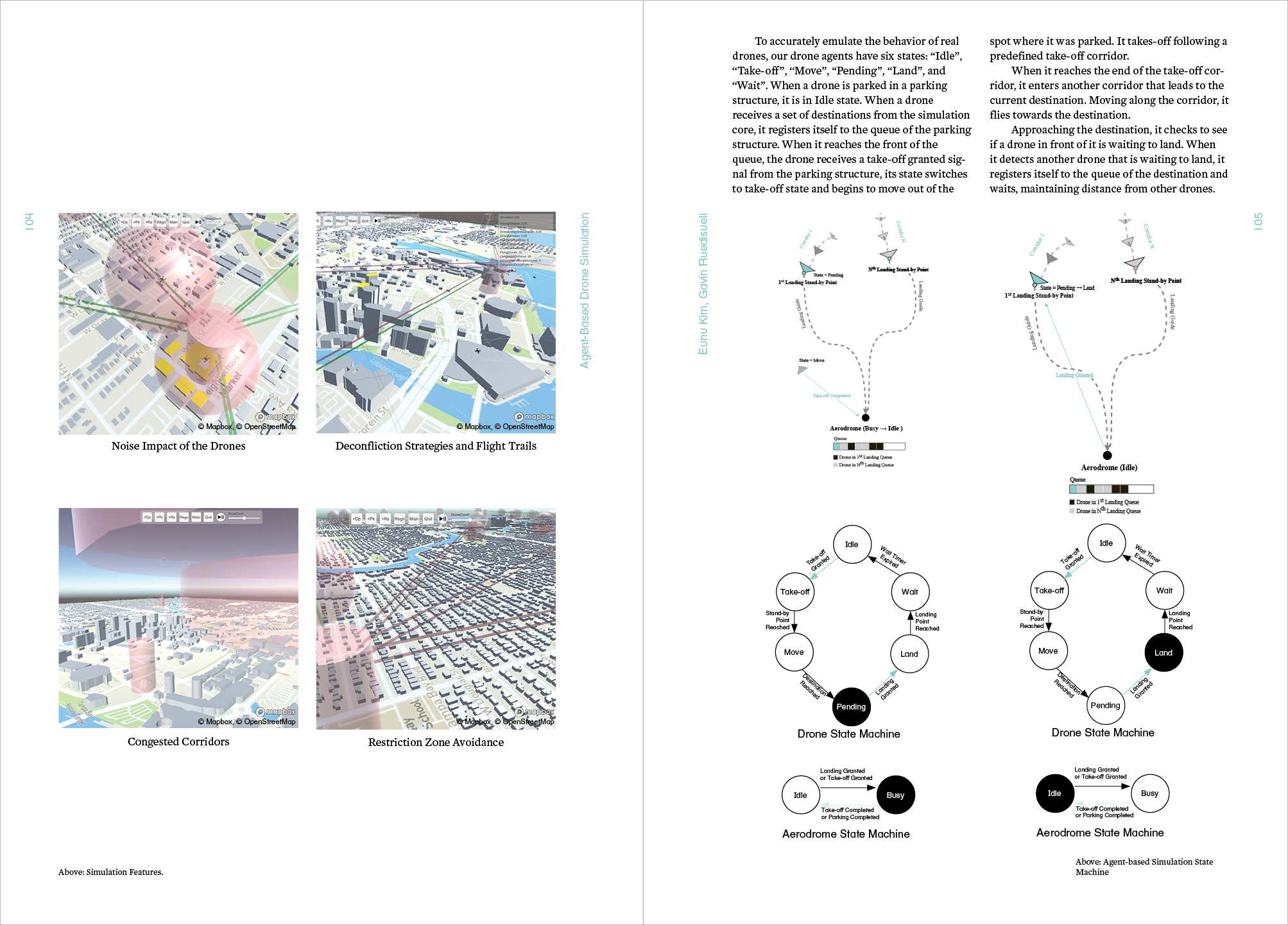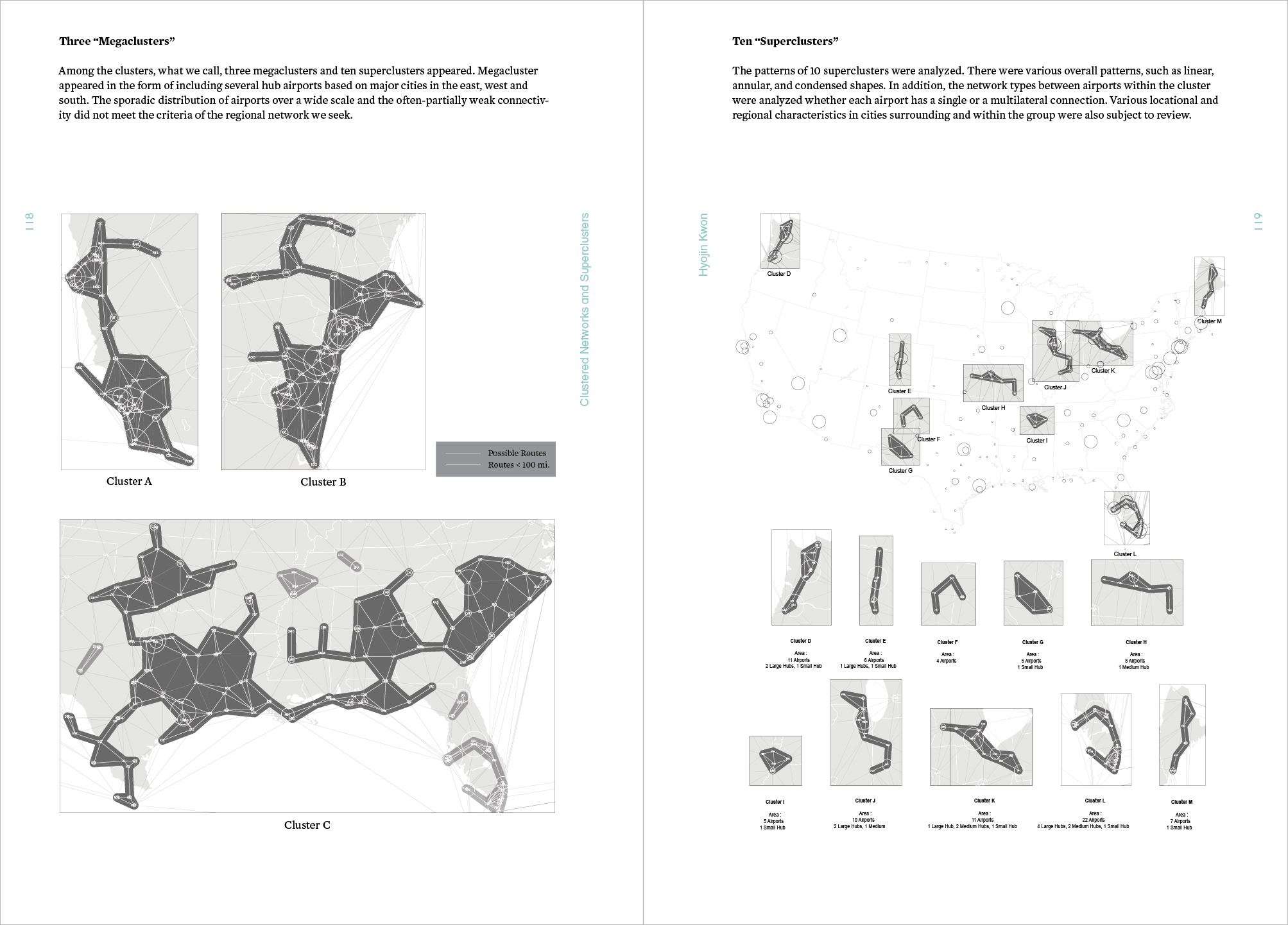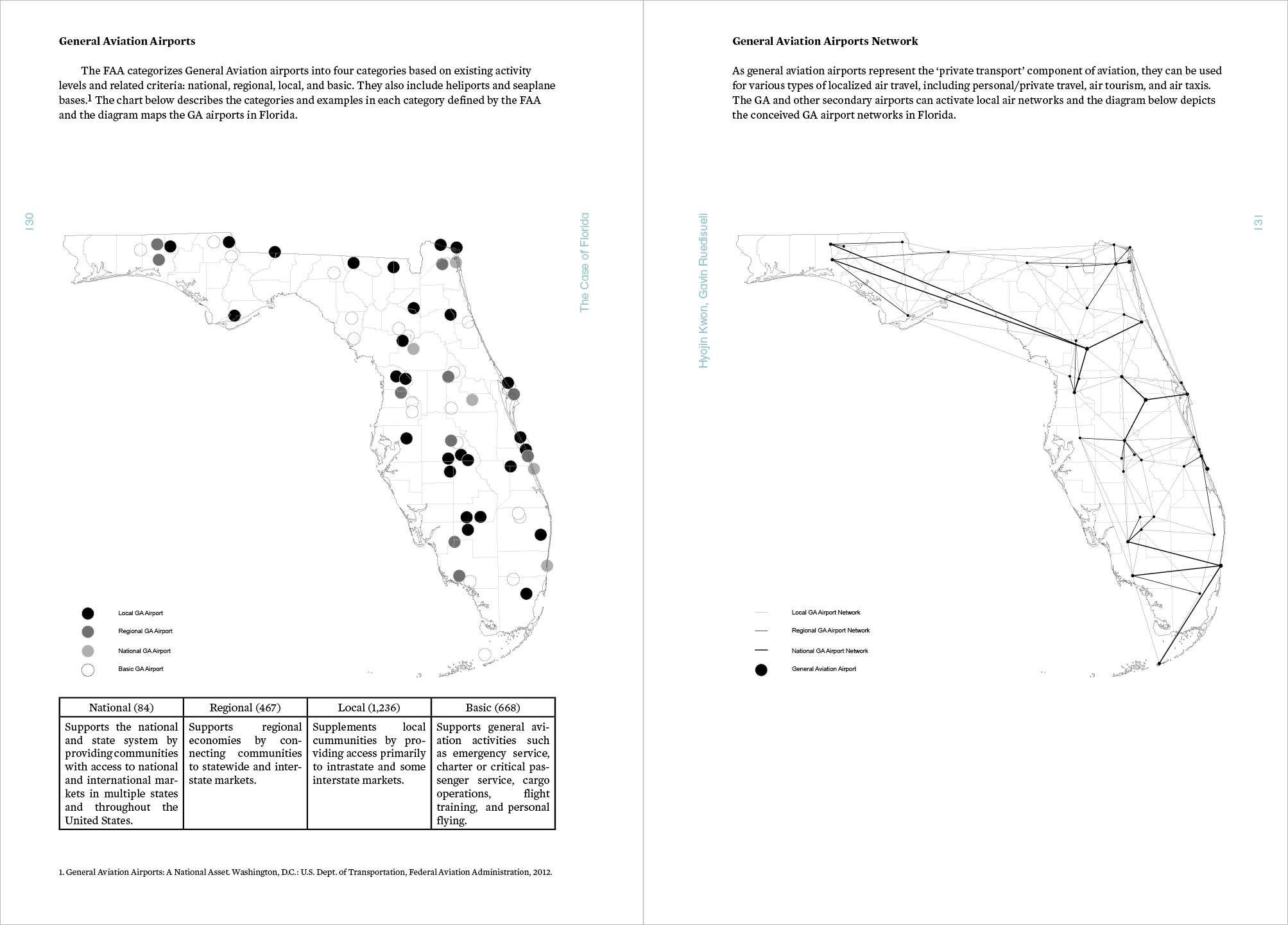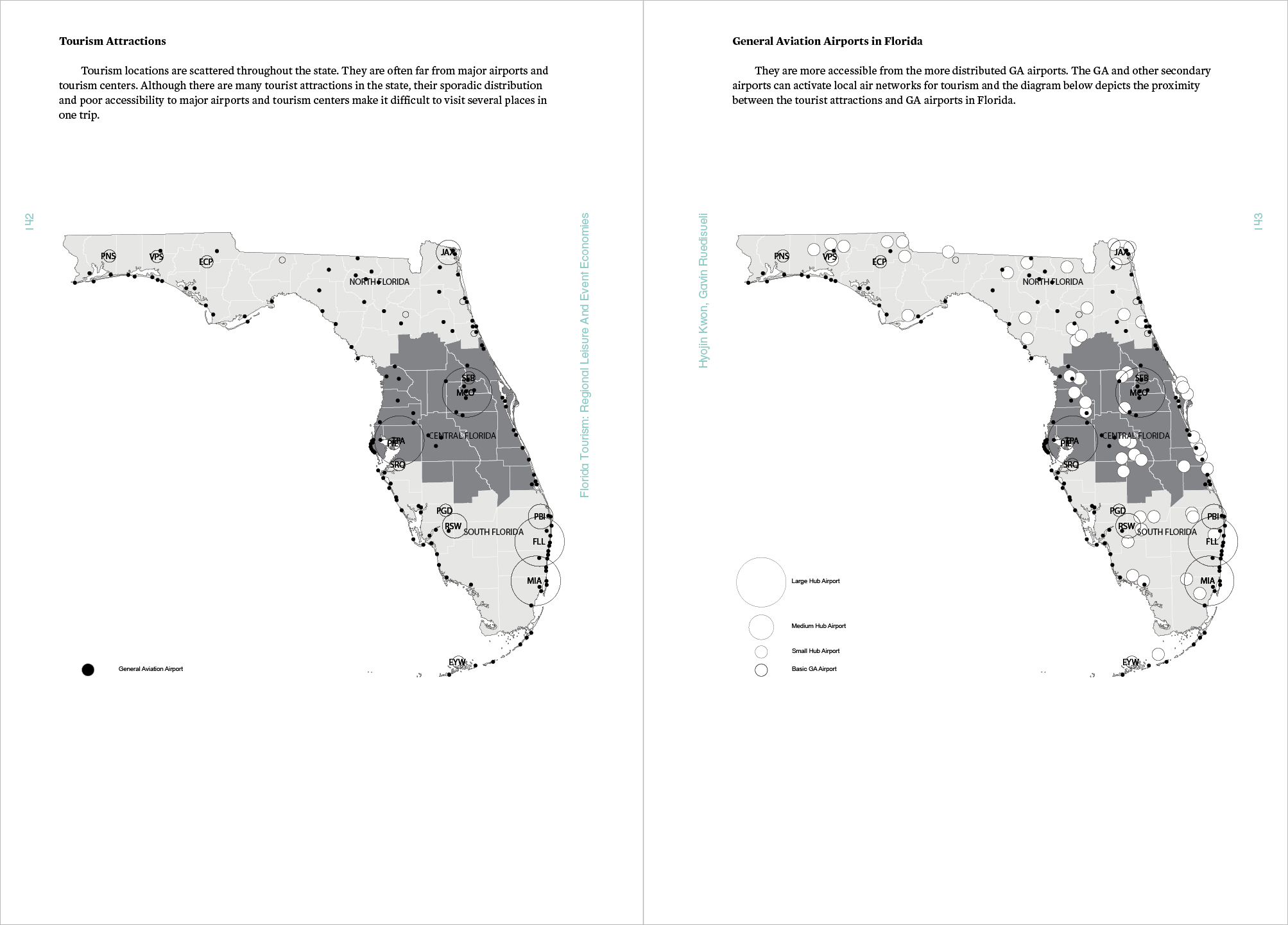
FUTURE OF AIR TRAVEL: REPORT
Date: 2019 - 2022Team: Andrew Witt, Hyojin Kwon, Eunu Kim, Gavin Ruedisueli
Supporters: This project is supported by the members of the Laboratory for Design Technologies (LDT) Future of Air Travel Industry Advisors including Boeing, Clark Construction, Perkins & Will, gmp, and the Massachusetts Port Authority.
The Geometry Lab has launched a multi-year research on the Future of Air Travel and urban air mobility. Geometry Lab researchers Hyojin Kwon, Eunu Kim, and Gavin Ruedisueli, led by Principal Investigator Andrew Witt, are focusing on creating a collection of the dimensional and spatial parameters that establish relationships between aerial transport and the city,” and the research aims to establish a “kit of parts” for the aerial city of the future.
This research effort is part of the collaborative platform Laboratory for Design Technologies at the Harvard Graduate School of Design. The Laboratory for Design Technologies (LDT) brings together a number of the school’s technology research units and a select group of industry advisors to engage in forward-thinking, imaginative research.
The Future of Air Travel is LDT’s inaugural project, launched in 2019 which aims to document, understand and respond to the complexities of contemporary aerial travel.
Today, the world’s cities seem poised for a broad reimagining of their relationship to flight. As a new generation of aerial technologies—autonomous drones, new propulsion methods, quadcopter taxis, to name a few— are introduced in urban spaces, cities must not only embrace the opportunities of aerial urbanism but also its challenges and unintended consequences. At the same time the conventional place of the airport vis-à-vis the city is due for re-examination. This report attempts to confront both the future and the imagined past futures of aerourbanism from historical, technological, spatial, and simulational perspectives.
To cover a breadth of dimensions related to aerial mobility, this report is divided into five major sections, each of which frames aerial urbanism in a distinct way. The first section, “Histories,” examines the long interaction of aerial devices and infrastructure and the imagination of the city. It serves as a preface and a recognition that while today’s aerial possibilities seem unbounded, in fact ambitious visions of urban air mobility are as old as flight itself. The second section, “Building Blocks,” inventories contemporary developments in aerial urbanism, including a range of new drone technologies, and the parameters and dimensions of specific ground infrastructures necessary for their operation. These parameters drive the development of a new software configurator documented in section three, “Tools.” In section four, we consider what impact aerial urbanism might have for connected regions, examining a possible future of regional air networks in Florida. Finally, in section five, “Architectural Futures,” we speculate on the architectural futures of the droneport and airport in the heart of the city. Collectively these studies should suggest threads for rethinking the future of air travel at the scale of cities and regions.
To cover a breadth of dimensions related to aerial mobility, this report is divided into five major sections, each of which frames aerial urbanism in a distinct way. The first section, “Histories,” examines the long interaction of aerial devices and infrastructure and the imagination of the city. It serves as a preface and a recognition that while today’s aerial possibilities seem unbounded, in fact ambitious visions of urban air mobility are as old as flight itself. The second section, “Building Blocks,” inventories contemporary developments in aerial urbanism, including a range of new drone technologies, and the parameters and dimensions of specific ground infrastructures necessary for their operation. These parameters drive the development of a new software configurator documented in section three, “Tools.” In section four, we consider what impact aerial urbanism might have for connected regions, examining a possible future of regional air networks in Florida. Finally, in section five, “Architectural Futures,” we speculate on the architectural futures of the droneport and airport in the heart of the city. Collectively these studies should suggest threads for rethinking the future of air travel at the scale of cities and regions.

